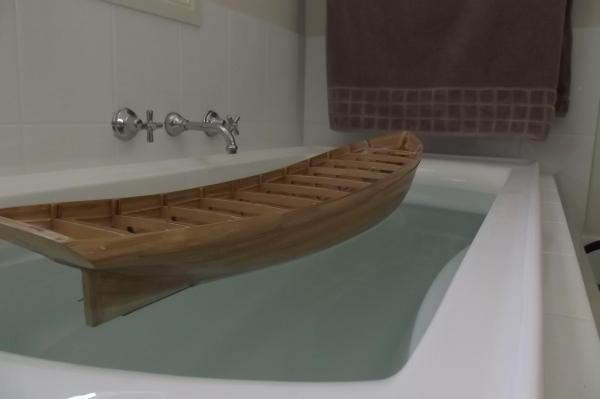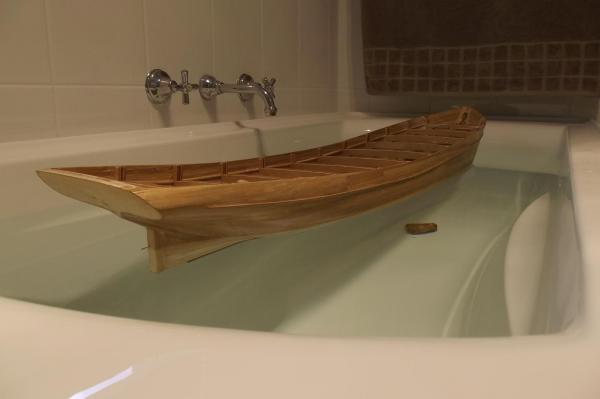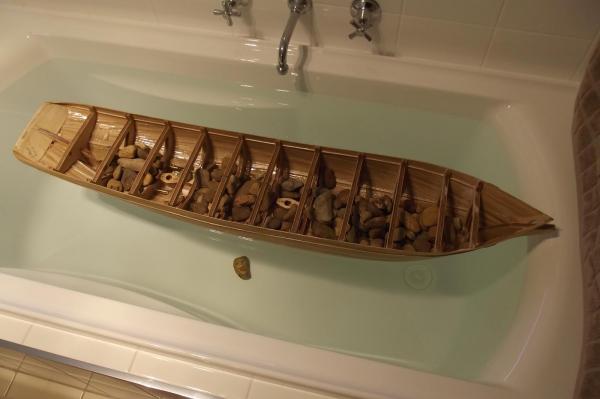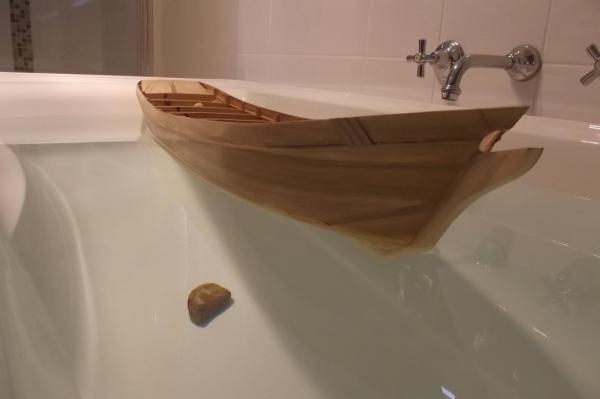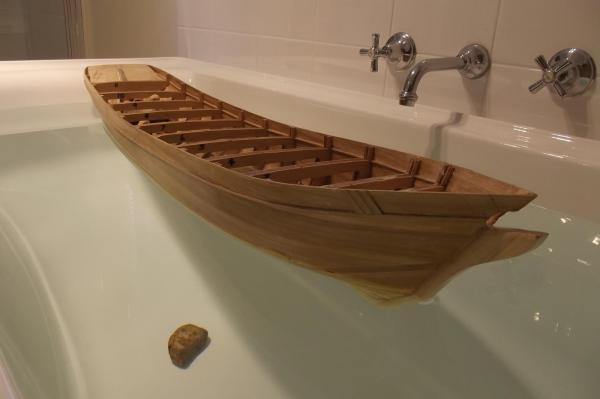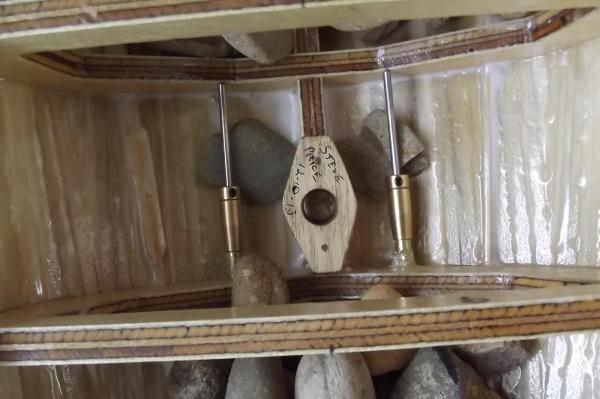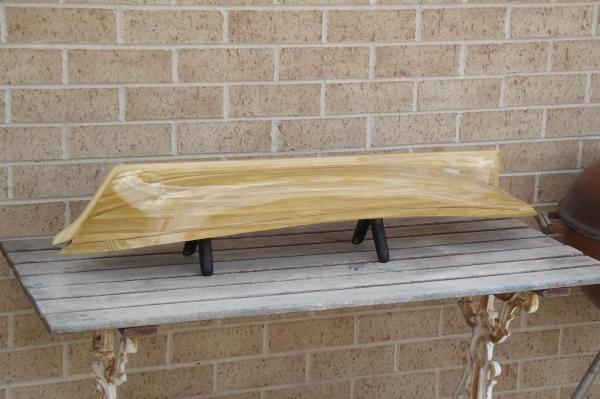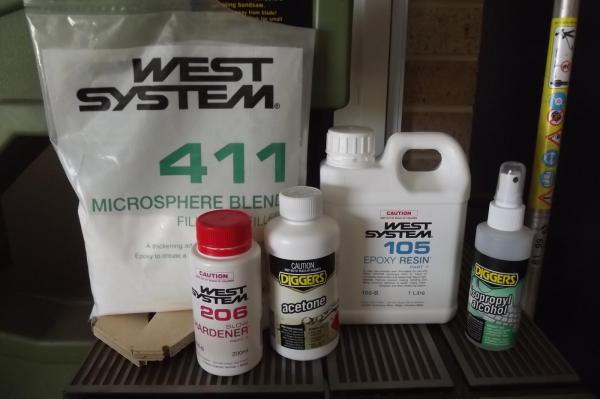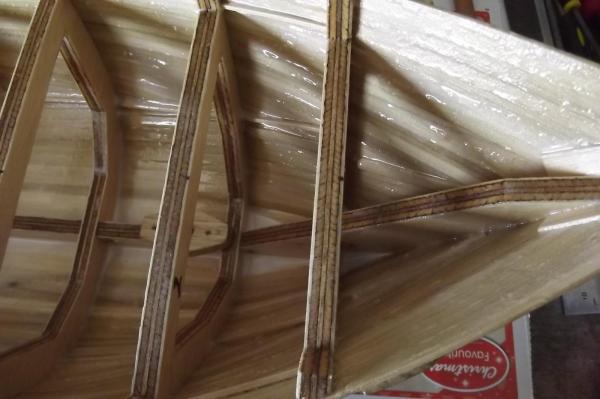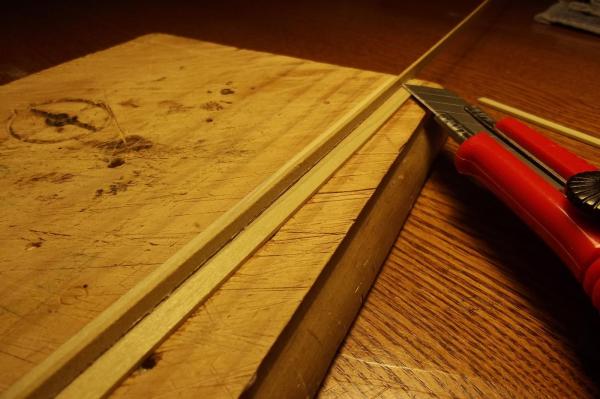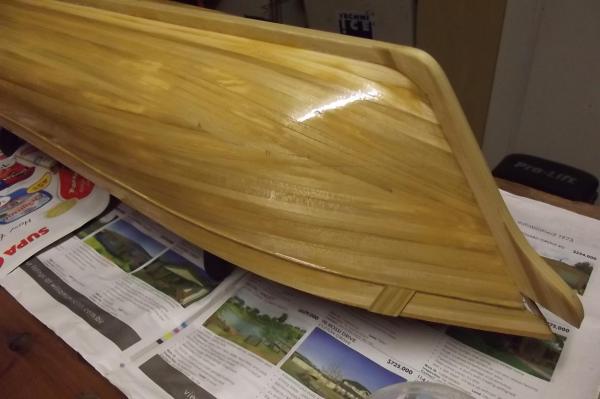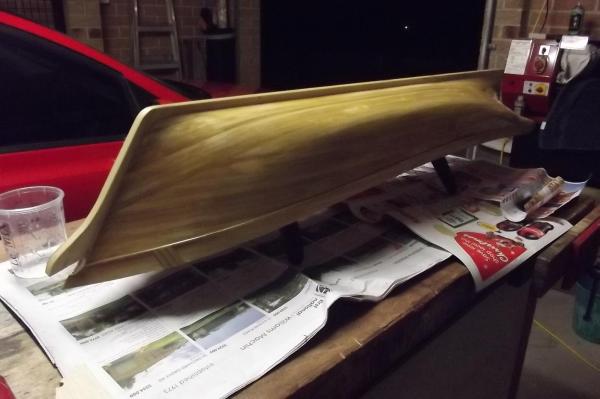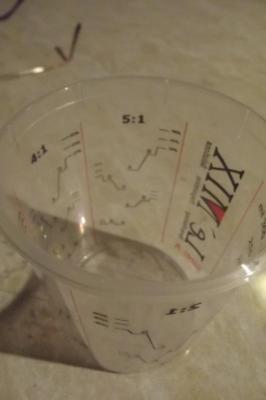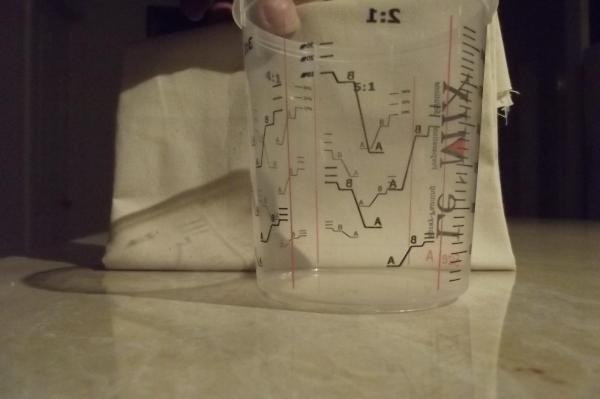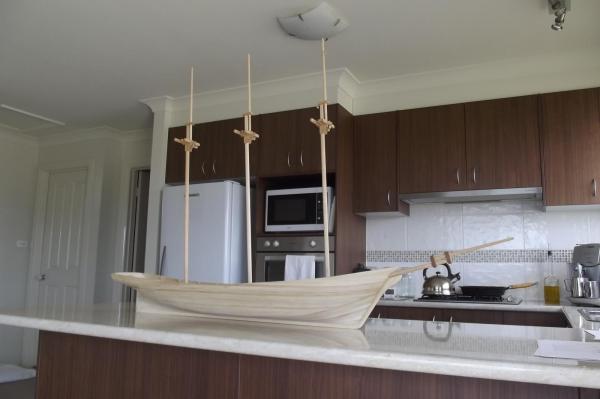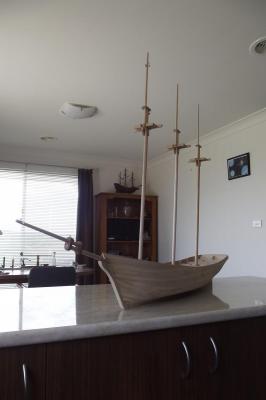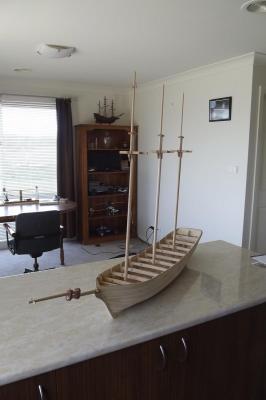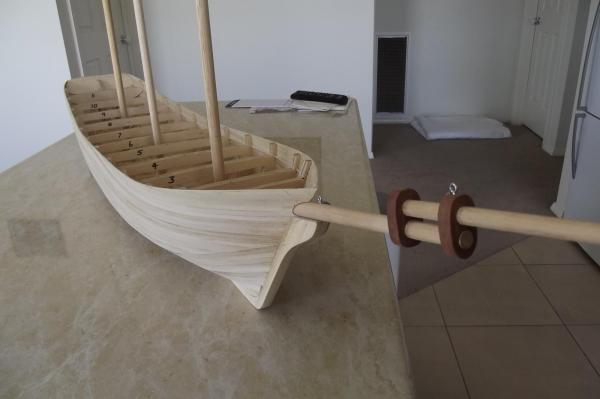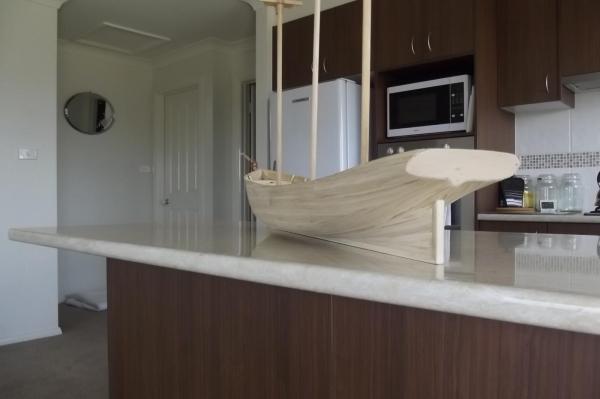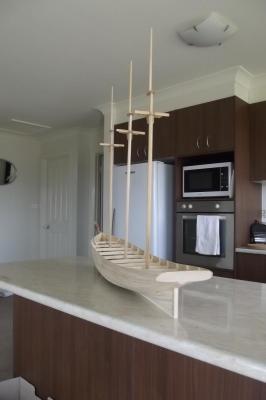-
Posts
1,285 -
Joined
-
Last visited
Content Type
Profiles
Forums
Gallery
Events
Everything posted by Bedford
-
Oh to have such a pond. I would have no dramas if that where the case. I could run all the sails from the one winch servo, such as this. http://radiosailingshop.com.au/index.php?main_page=index&cPath=16&zenid=5215e44b516b53f9e9977c2097bb744f Graupner also have a good sail winch servo but it appears to be no longer available. I can turn drums to the sizes I need so as long as I work out all the pulls exactly I should be able to make one servo control them all. I may take an idea from a model of the Banterer I have seen on here whereby the servo is mounted in one end of the hull with the axis on the horizontal so it can drive a winching assembly that runs the length of the ship. Being a square rigger that system is far more complicated than it sounds but my schooner should be quite straight forward. I got a few goodies in the mail today, pics later.
-
Not sure how many chanels yet, there are a few ideas up my sleeves that need proving. I made the masts in advance to do this but just seem to be going ahead with the whole thing so I guess I need to get into proving my ideas before I go much further. Definatly rudder Motor control, just thinking forward and reverse, don't need speed control. Two lots of sail servos, tops will be controlled by mains and staysails will be seperate to mains although probably could be in conjunction, mmmmmmmmmmm more to think about. There are a few other things I would like to do but testing must be done first.
-
I keep talking about the ballast and that is the way I work, talk it out, think it through, keep considering new input as I progress and learn. When I tried to pull her over with the mast she really did resist quite a bit, however in doing so she slipped sideways in the direction of the pull. My thinking is thus :- because she has such a broad, almost flat bottomed hull through midships the longitudinal C.O.G. shifts to leeward as she is pushed over and the windward side of the hull is forced upward. The effect of these two actions is that as the C.O.G. shifts further leeward the leverage of the ballast on the windward side increases because it is further and further from the fulcrum. The force applied by all that ballast is considerable. This and the fact that she slipped sideways quite easily is making me think I should revert to my original plan which was to get some mild steel plate cut to size to run the length of the keel and simply deepen the existing keel. I have the specific gravity of mild steel in my build notes so I can easily work out exact dimensions to make it. The beauty of this type of keel is that it is easy to make, the angular force on the ships keel will be less because it is directly under the keel instead of 300mm or so below, leverage multiplies force. and it can be launched and retrieved much closer to shore as well as being much less likely to become entangled in weeds than a fin keel. It will also improve lateral stability, ie:- she will be harder for the wind to push sideways. So I may end up putting any heavy items against the outer hull and adding ballast along the outer hull as well as placing the steel plate keel below. I am trying to think of a safe way to test this theory so I will see how I go. I have seen video clips of these wide hulled cargo ships with a keel like I mention sailing quite well so I think you only need a deep fin keel for the slender hulled ships where the C.O.G. and internal ballast has far less effect.
-
I've got to tell you Floyd, it was nearly me that got float tested instead of the schooner. By the time I was done it was cooling down so I started bucketing it out to the poor plants in the garden, they needed it more than I did. Now onto the control systems planning and fitting out. There is going to be a LOT of thinking done for a while to make damn sure I allow fittings for everything I have to. If I leave something out it might never fit in later.
-
Yeah I must admit, I came home today, drove into the garage and there she was on the bench and I thought WOW that looks good! The epoxy has given it a warmer tone and it is beautiful. My son saw it today and said the same as Hipexec but he then saw the pencil marks preserved for all time under the epoxy, there is filler there too that you can't really see in the pics as well as traces of glue. I had always intended to paint it so I didn't worry about keeping it "clean" so it has to be painted. I never paint my static ships because I love the timberwork but this is different. She has reached a milestone.......... Today she went down the slipway. This is empty, you may be able to see a small black mark on the stern post, this is the sailing water line, she has a lot of ballast to take on yet. After carefully putting rocks into her I finally got her to that line, one rock missed the boat, as it were! Not a drop of water got in, not even through the shaft seals, I did add a smeare of vaseline (petroleum jelly) to them. It was a very strange feeling, putting on of my tallships into the bath tub. It felt wrong to be honest. But I am so happy with it. The placement of the rocks to get her to float level along her length confirmed what I thought, the centre of gravity is forward of centre so this will be considered when attaching the fin keel. I did put a mast in at one point and try and pull her over but she resisted quite well, makes me wonder if my original idea of just extending the keel along her length by adding mild steel plate would work, I may have to find a way to test this concept. On another note I have been wondering how much weight she would be able to carry and have been guessing about 6kg all up, I weighed all the rocks when I pulled them out of the hull and she will weigh 5.7Kg all up and could easily run to 6Kg if I had to. I am now confident that I will be able to put plenty of ballast below the hull to keep her upright because at present I have 4.25 Kg to play with.
-
Yeah, I fear I may have to install my deck in a cool room....... I have finished the epoxy coats. The Glass cloth on the stern left the hull looking messy as anyone who is familiar with its use would undestand, you have a beautiful smooth wooden hull then in one place you have this cloth with frayed edges in the finish, yuck! I sanded it as much as I dared, or could be bothered in this heat, and then did the coat over it with micro spheres mixed in and it smoothed it all out pretty well ! Just a light sand then a normal coat over the entire exerior this morning and it is done. Seems a pity to have to paint over it all now................
-
I last used fibre glass and epoxy resin in my late teans, so long ago, I am finding that with a more thoughtful approach and the right stuff it isn't that bad to work with. Climactic considerations aside. The micro sphere filler is working beautifully and having isopropyl alcohol and acetone at hand means not much mess. Very cheap paint brushes help too, I clean them by binning them and reaching for a new one. Here you can see how the mixture with micro spheres is filling the gaps nicely, I am using it at about the consistency of honey. The forward ribs need more filler in the aft part of the joint to the planks. There is a very good reason I did not "fair" the entire width of the rib and that is because the line drawing I got the shapes from shows the profile of the hull at that precise point at 90 degrees from the keel. Given that the ribs are 10mm thick if I had faired the entire face of the rib I would have effectively moved the profile astern by 5mm so I only faired the forward half up front and the rearward half astern. My next epoxy mix will be one of simmilar consistency with which I will go over the glassed area on the exterior to reseal what I have sanded and fill the glass sheet better to allow sanding back to a smooth finish. The micro spheres are supposed to sand well. Then once I have coated those two patches of cloth I will add more micro spheres to really thicken the mix and prop the hull up on its bow so I can fill the gaps on the rear faces of the forward ribs.
-
It's not uncommon to get -4 deg C here in winter with max of 6or 7 but we don't get much snow. Our normal summer range is about 26 to 30 but we are getting into the mid 30's and that's hot for us. Probably hotter in the garage too. I used to work for a large company that occasionally did stuff like wearing a promo T shirt. they did it one winter and someone from head office rang to ask how the promo was going, are we all wearing our T shirts? I replied "Madam, when I come to work in the morning it is minus 4, do you think I am wearing a T shirt" Glad I don't live in Sydney, they are getting into the mid 40's and this side of Aus is humid.
-
Well so much warm epoxy, nature did that for me. When I fitted the prop shaft tubes I used Araldite, 5 min epoxy adhesive. I only got about 30 to 40 seconds after mixing to use the stuff before it started getting hard. I should have know better than to start applying fibre glass in this heat. I have done the second coat on the exterior this time without thinning and I added fibre glass to the rear of the hull to strengthen the area the prop shafts come through. I got the first side completed then started the second side, I got 65% of the glass done and the resin started to harden so I had to mix a second batch quickly so I could continue. Some of the glass would not fully accept the resin as it had been partially wet in the previous batch so it will need sanding and redoing but even the rest of that side with the new batch of resin didn't go as well as the other side. I had little lumps of gel appearing as I went and just had to go at it madly and hope for the best. I will have a look at it in the morning and see how bad it is, thankfully I am planning to sand and paint but I fear there will be a lot more sanding than I hoped for.
-
Sailor, it is 32 degrees C here at the moment, (sorry Floyd) so there is quite enough heat in the epoxy I reckon, I am only mixing small amounts and it is starting to get warm by the time I am finished each coat so I don't think it would be wise to add any more heat to it. Thinning it a little with acetone seems to be working quite well.
-
Yes the exterior looks great but you should see the interior. You will in the future as I start fitting her out. Next step is to fit the prop shaft tubes, I want to do this now because I will use a bit of fibreglass cloth around them in the next coat of epoxy to really strengthen that area because the planks are now weekened there and there will no doubt be a certain amount of vibration when the motors are running.
-
I thinned the first coat with the aim of having it soak into the timbers a bit and strengthen her. When I painted it on I could see it sat on the surface at first but then as I went colour changed indicating that it was indeed soaking in. I will do an even thinner coat on the interior to really get it into everything, every gap, every joint.
-
I needed to get some 1.5 x 1.5 timbers but didn't want to order them and wait so I worked out a way to cut them without too much fuss. I won't call them "whales" but I have forgotten what they are called, you will see them in the following pics. The hull planks are 1.5mm thick so I glued two down on my cutting board with a third jammed between them on edge. Once the glue had dried I just had to hold the plank between the two that were glued down and run a blade along one of them to cut into the stock piece. Three runs with the blade then move the plank along and repeat until the whole plank is partially cut through. Then lay it flat and just gently finish the cut freehand which is easy because there is now a good deep guiding groove. Finally onto the epoxy, why is it that every time you do something like this bugs appear out of nowhere and land on it ? I am using the "West Systems" epoxy as recommended and the mob I got it from have mixing cups for it that are marked with the part A level and then you top it up to the part B level. There are different scales for different ratios and there are 10%, 20% and 30% markes for adding additives like acetone for thinning. They only cost a couple of dollars so I got two, they are brilliant!
-
Bob, every ship I have made has my name and date of commencement in her somewhere. It will never be seen but it's there. Steve
- 420 replies
-
Gee Robbyn, no pressure ! I had not considered the balance as being quite as important as you have pointed out but you are wise, the less corrective ballast I need to distribute to make her float level the more I have to use in the sailing keel to keep her upright in a gail and she will always be sailing in a gail ! I had mentioned the need to build lightness into her so I could save as much weight as possible for the sailing keel and building balance into her is one way of achieving this. Never mind my skills as a builder, you are going to see my skills as a plummer in due course..............that has you guessing doesn't it?
-
There is one thing that MAY help keep it together while you document it all to allow for re-rigging. Hairspray. It would most definately not be a fix but may slow the decay and allow some time. I think the idea of passing it on to be re-rigged by your son is actually rather good. Think of it, every generation gets to restore the rigging and therefore have some ownership and pride in what you made and passed on. Steve
-
Looking very nice. I made this model years ago when it still had the etched brass fittings which were rather nice. You and your fellow shipwrights are doing a good job with what you have. I tried to recall where the pieces with 2 holes in them went but can't for the life of me. She is a beautiful model when finished. I made mine as a gift for a 21st and have not seen it for several years and I miss it. Steve
-
I am drawing some inspiration from the James Craig in Sydney even though she is a barque. She is of similar age and size to this schooner so there are going to be a lot of similarities, I paced out the James Craig the night before I sailed on her and reckoned she was 55 - 56 metres in the hull which pans out pretty well with the schooner because with a deck of just over 1 metre and a scale of 1:54, well you get the idea. It turns out the length of the hull on the Craig is 54.7 metres so I was pretty close considering I was on the wharf when I paced her out. I have been wondering how much the schooner will need to weigh to ride at the water line and I keep thinking somewhere around 6 kilos. I worked out that the Craig with a displacement of 1500 tonnes would run a scale weight of 9.5 Kilos and given that she is not a coastal trader and therefore has a deeper draft I can see that the schooner may well come in at around 6 kilos or maybe a tad over. It will be interesting to see once I have her sealed and ready to float. I will load her up and see exactly how much she needs to carry to ride at the waterline.
-
This is looking beautiful ! I often think such a project would be worth doing and this makes me want one, I have seen an "Armed Pinnace" somewhere that I really liked. You have given me inspiration. Steve
- 153 replies
-
- model shipways
- bounty launch
-
(and 1 more)
Tagged with:
-
A lovely schooner there Bob, I love the square riggers but there is something special about a good looking schooner isn't there. I will tag along too. Steve
- 420 replies
About us
Modelshipworld - Advancing Ship Modeling through Research
SSL Secured
Your security is important for us so this Website is SSL-Secured
NRG Mailing Address
Nautical Research Guild
237 South Lincoln Street
Westmont IL, 60559-1917
Model Ship World ® and the MSW logo are Registered Trademarks, and belong to the Nautical Research Guild (United States Patent and Trademark Office: No. 6,929,264 & No. 6,929,274, registered Dec. 20, 2022)
Helpful Links
About the NRG
If you enjoy building ship models that are historically accurate as well as beautiful, then The Nautical Research Guild (NRG) is just right for you.
The Guild is a non-profit educational organization whose mission is to “Advance Ship Modeling Through Research”. We provide support to our members in their efforts to raise the quality of their model ships.
The Nautical Research Guild has published our world-renowned quarterly magazine, The Nautical Research Journal, since 1955. The pages of the Journal are full of articles by accomplished ship modelers who show you how they create those exquisite details on their models, and by maritime historians who show you the correct details to build. The Journal is available in both print and digital editions. Go to the NRG web site (www.thenrg.org) to download a complimentary digital copy of the Journal. The NRG also publishes plan sets, books and compilations of back issues of the Journal and the former Ships in Scale and Model Ship Builder magazines.



